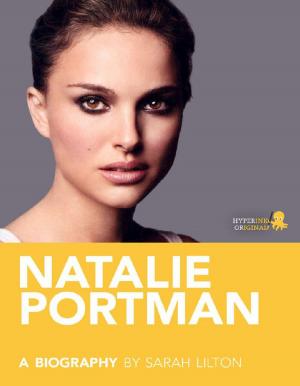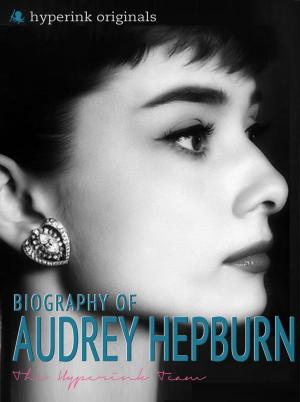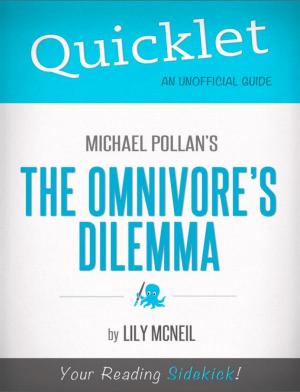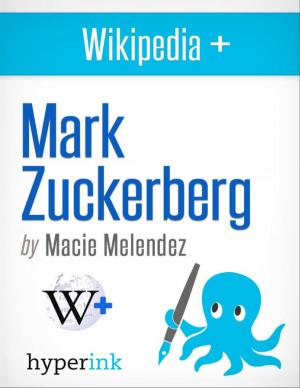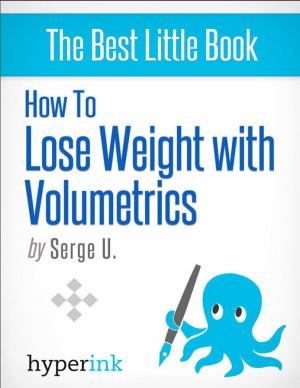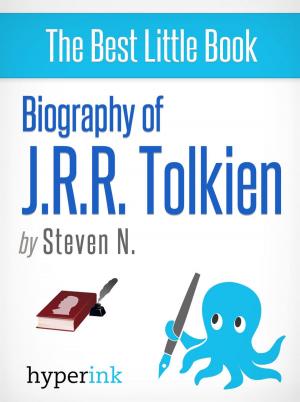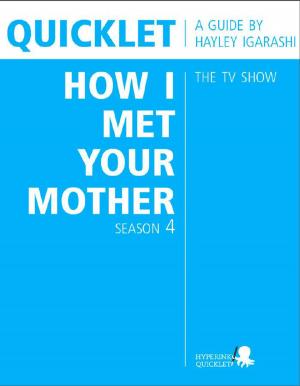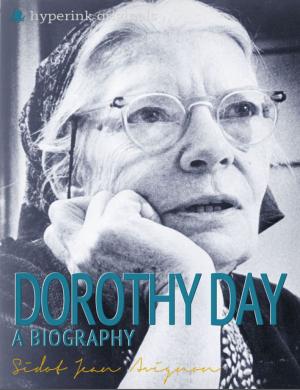Quicklet on Ayn Rand's The Romantic Manifesto
Nonfiction, Reference & Language, Study Aids, Book Notes, Art & Architecture, General Art| Author: | Alexandra Grashkina-Hristov | ISBN: | 9781614646952 |
| Publisher: | Hyperink | Publication: | April 4, 2012 |
| Imprint: | Hyperink | Language: | English |
| Author: | Alexandra Grashkina-Hristov |
| ISBN: | 9781614646952 |
| Publisher: | Hyperink |
| Publication: | April 4, 2012 |
| Imprint: | Hyperink |
| Language: | English |
ABOUT THE BOOK
This book includes a collection of essays and one short story ("The Simplest Thing in the World"). The first edition of the book was published by The World Publishing Company in 1969, The revised edition in 1975 added the essay "Art and Cognition. This was the first book Rand published without collaborating with her former protege Nathaniel Branden, and unlike her two previous essay collections, this book not contain material by Branden or any other authors besides Rand. Along with, The Fountainhead and Atlas Shrugged, The Romantic Manifesto remains one of Ayn Rands most famous books and a prominent 20-century literary achievement.
In each essay, Rand discusses on the nature of art from a different perspective and reflects upon the importance of art for human life in general . The author divides artistic endeavors into two types: "valid" and "invalid" forms. An invalid art form would be an art form that simply captures reality as it is without necessarily representing an ideal or becoming a vessel for a moral message. A valid form of art, in Rands opinion, always aims to idealize and elevate the human spirit.
MEET THE AUTHOR
Alexandra has a B.A. degree with honors in political science from Williams College and a Juris Doctor degree from Boston University. As a writer, she has contributed to AtlasObscura.com, Public-Republic.net, WatchingAmerica.com, Americanbar.org, RawStory.com, and others. Like many theater lovers, she really enjoys writing reviews for plays, dance performances, and movies.
EXCERPT FROM THE BOOK
1.The Psycho-Epistemology of Art
In this essay, Rand states that the powerful influence of art over human life has remained a dark mystery to scholars. She believes the influence of art is deeply personal and that it has accompanied men from the pre-historical age but that many take art for granted instead of exploring its importance. She blames a philosophy of selflessness for the neglect of the importance of art and suggests that art does have a practical purpose at all times.
2.Philosophy and Sense of Life
In the second essay of the book, Rand writes that religion is only a primitive form of philosophy but that human nature makes it impossible to refrain from generalizing, which means that human beings need to formulate a sense of life through a process of cognitive and emotional abstraction. Eventually, humans define what is important to them and the integrated sum of a mans basic values is what defines the sense of his life.
CHAPTER OUTLINE
Quicklet on Ayn Rand's The Romantic Manifesto
+ About the Book
+ About the Author
+ Overall Summary
+ Chapter-by-Chapter Commentary & Summary
+ ...and much more
Ayn Rand's The Romantic Manifesto
ABOUT THE BOOK
This book includes a collection of essays and one short story ("The Simplest Thing in the World"). The first edition of the book was published by The World Publishing Company in 1969, The revised edition in 1975 added the essay "Art and Cognition. This was the first book Rand published without collaborating with her former protege Nathaniel Branden, and unlike her two previous essay collections, this book not contain material by Branden or any other authors besides Rand. Along with, The Fountainhead and Atlas Shrugged, The Romantic Manifesto remains one of Ayn Rands most famous books and a prominent 20-century literary achievement.
In each essay, Rand discusses on the nature of art from a different perspective and reflects upon the importance of art for human life in general . The author divides artistic endeavors into two types: "valid" and "invalid" forms. An invalid art form would be an art form that simply captures reality as it is without necessarily representing an ideal or becoming a vessel for a moral message. A valid form of art, in Rands opinion, always aims to idealize and elevate the human spirit.
MEET THE AUTHOR
Alexandra has a B.A. degree with honors in political science from Williams College and a Juris Doctor degree from Boston University. As a writer, she has contributed to AtlasObscura.com, Public-Republic.net, WatchingAmerica.com, Americanbar.org, RawStory.com, and others. Like many theater lovers, she really enjoys writing reviews for plays, dance performances, and movies.
EXCERPT FROM THE BOOK
1.The Psycho-Epistemology of Art
In this essay, Rand states that the powerful influence of art over human life has remained a dark mystery to scholars. She believes the influence of art is deeply personal and that it has accompanied men from the pre-historical age but that many take art for granted instead of exploring its importance. She blames a philosophy of selflessness for the neglect of the importance of art and suggests that art does have a practical purpose at all times.
2.Philosophy and Sense of Life
In the second essay of the book, Rand writes that religion is only a primitive form of philosophy but that human nature makes it impossible to refrain from generalizing, which means that human beings need to formulate a sense of life through a process of cognitive and emotional abstraction. Eventually, humans define what is important to them and the integrated sum of a mans basic values is what defines the sense of his life.
CHAPTER OUTLINE
Quicklet on Ayn Rand's The Romantic Manifesto
+ About the Book
+ About the Author
+ Overall Summary
+ Chapter-by-Chapter Commentary & Summary
+ ...and much more
Ayn Rand's The Romantic Manifesto

